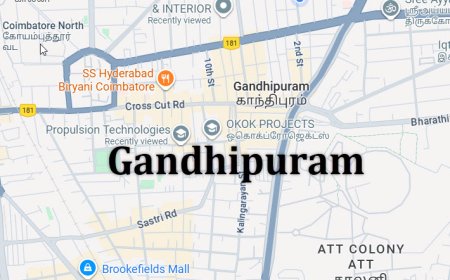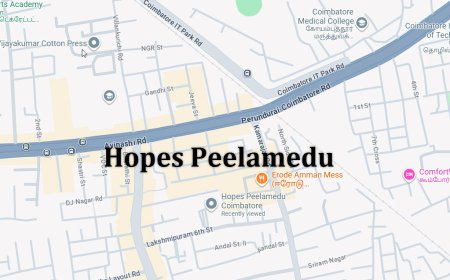MonkeyPox Prediction System in Python Projects
MonkeyPox Prediction System in Python Projects
MonkeyPox Prediction System in Python Projects
Abstract
Monkeypox is a rare viral disease that can pose serious health risks, especially in outbreak situations, making early detection and prediction essential for containment and treatment. The project Monkeypox Prediction System in Python Projects focuses on developing an intelligent system that predicts potential Monkeypox cases based on clinical, demographic, and environmental data. Python is chosen as the development platform due to its robust libraries for data analysis, machine learning, and visualization, including Pandas, NumPy, Scikit-learn, TensorFlow, Keras, and Matplotlib. The system collects relevant data from patient records, surveys, and public health reports, preprocesses it to handle missing or inconsistent values, and applies predictive models to identify individuals at risk. By providing early warnings and predictive insights, the system supports healthcare providers in timely intervention and outbreak management.
Existing System
Existing Monkeypox detection systems primarily rely on laboratory testing, clinical diagnosis, and manual reporting. While these methods are accurate, they are time-consuming and resource-intensive, often causing delays in identifying and isolating potential cases. Some digital tools exist for epidemiological tracking, but they focus on case reporting and visualization rather than predictive modeling. Traditional statistical methods for prediction are limited in handling complex, multi-dimensional datasets and may not adapt well to dynamic changes in outbreak patterns. Consequently, existing systems lack real-time predictive capability and scalability, reducing their effectiveness in proactive outbreak control.
Proposed System
The proposed system introduces a Python-based machine learning framework for Monkeypox prediction. Clinical, demographic, and environmental data is collected and preprocessed to remove inconsistencies, normalize values, and encode categorical variables. Feature selection techniques are applied to identify the most relevant predictors for Monkeypox risk. Supervised machine learning models, including Random Forest, Gradient Boosting, Support Vector Machines (SVM), and deep learning architectures such as Artificial Neural Networks (ANN), are trained to predict potential Monkeypox cases. The system evaluates model performance using metrics like accuracy, precision, recall, F1-score, and ROC-AUC. By integrating predictive modeling, multi-source data analysis, and real-time risk assessment, the system provides healthcare authorities with actionable insights, enabling early intervention, containment, and effective management of Monkeypox outbreaks.
What's Your Reaction
 Like
0
Like
0
 Dislike
0
Dislike
0
 Love
0
Love
0
 Funny
0
Funny
0
 Angry
0
Angry
0
 Sad
0
Sad
0
 Wow
0
Wow
0

































